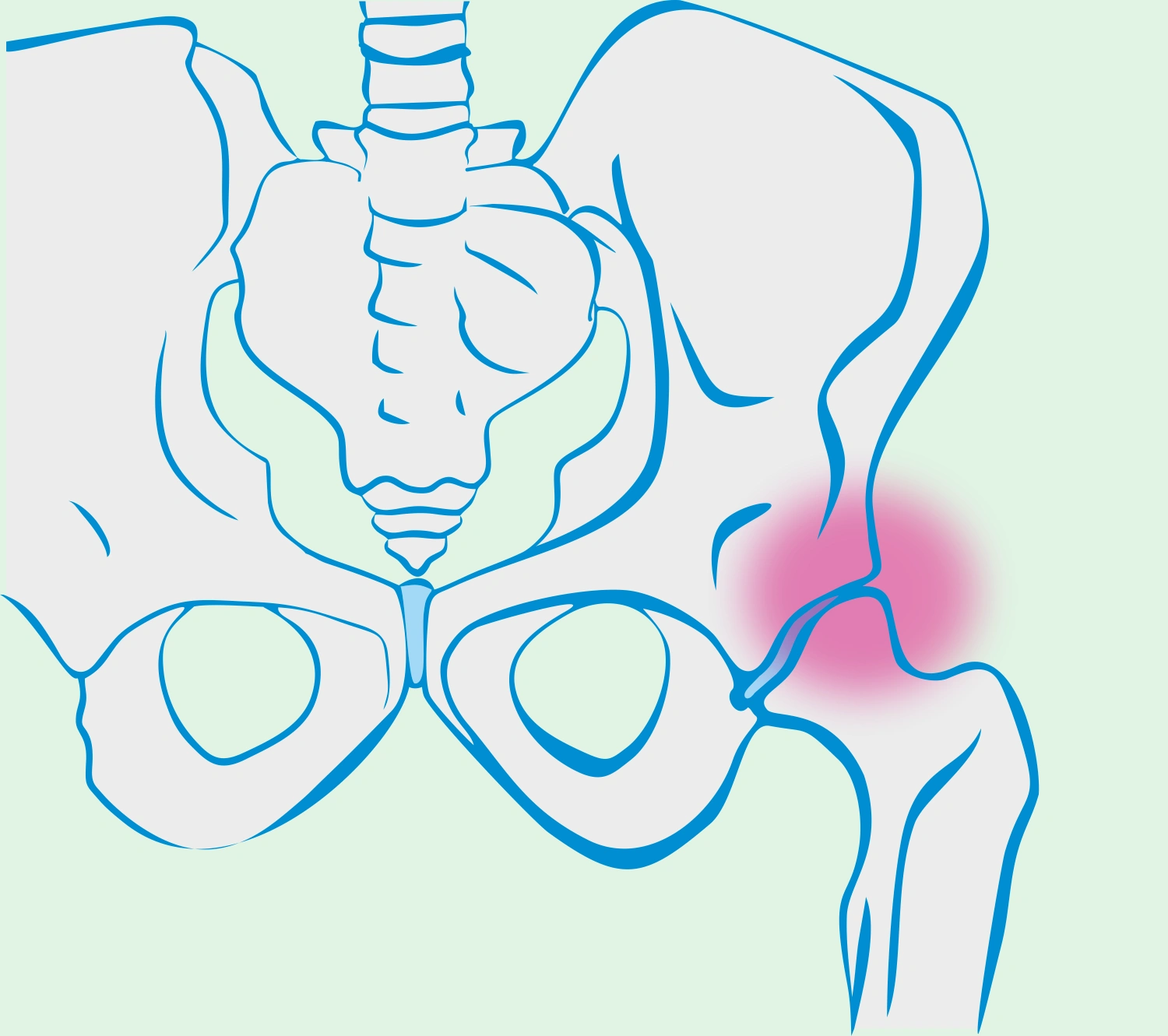To provide services at the highest level, we use cookies. Using the website requires you to choose settings related to their storage on your device. If you want to know what each type of cookie is used for, click the Details button below.
Sleeping on your side and hip pain - how to deal with it?22 stycznia 2021 |

To sleep with hip pain, it is essential to relieve the pressure on the hip by ensuring that you sleep on a mattress that allows for proper, neutral positioning of the hip joints. Therefore, you should avoid adducting your hip, which can be prevented by sleeping on a high-density foam mattress with a firmness rating of 6.5 on the American mattress hardness scale. You should avoid sleeping on memory foam or spring mattresses, as well as mattresses that are too firm or too soft.
People with hip pain should sleep on a high-density foam mattress with a firmness rating of 6.5 on the American mattress hardness scale. The mattress should contour to your body, rather than pulling it inward or keeping it in a perfectly horizontal position. A medium-firm mattress is best for people with hip pain, with the first layer made of high-resilience open-cell foam providing optimal body support and spine support, and the second layer made of thermoelastic visco foam. The ideal mattress for people with hip pain is the Osaka Air mattress.
People with hip pain should choose orthopedic pillows that provide optimal spine support. Proper physiological alignment of the spine during sleep can reduce hip pain by promoting better overall body function. Additionally, a well-chosen orthopedic pillow increases sleep comfort and hygiene, which also translates to improved immunity and a stronger response by the body to the inflammatory condition causing hip pain.
Hip pain at night indicates that there is an ongoing inflammatory process in or around the hip. This is most commonly caused by degenerative changes in the hip joint, as well as rheumatoid diseases. It can also be the result of dysfunction of soft tissues around the hip, such as muscles, tendons, ligaments, or fascia. Hip fractures due to osteoporosis or injuries, as well as muscle strains, can also cause hip pain. Less commonly, hip pain at night may have its origin in tumors or osteonecrosis, which is sterile necrosis of the femoral head.
Hips can hurt while sleeping due to an ongoing inflammatory process. This can have many causes, such as degeneration in the hip joint, rheumatoid arthritis, or abnormalities in the function of the soft tissues surrounding the hip. It is often the result of injuries, and less commonly, hip pain can be caused by tumors. Regardless of the cause of hip pain during sleep, it is important to consult a physician or physical therapist about the issue and invest in a high-quality, high-density foam mattress for optimal sleep hygiene.